-
Canon 5D Mark II in the (Dr.) House!
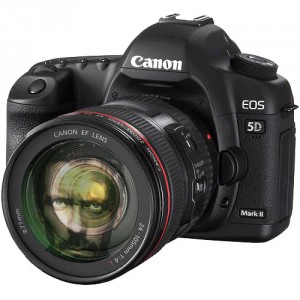
The Internet is all a-flutter about this announcement Greg Yaitanes made via Twitter that the House, M.D. season finale (airing next month on FOX) was shot entirely with a Canon EOS-5D Mark II. This makes the 5D Mark II the first video-capable digital SLR camera to ever have been used to film a “prime time” television episode.
Yaitanes, who is a co-executive producer and director of House, M.D., said that they chose the 5D Mark II because they wanted to be able to fit the camera into “tight spaces,” they used mostly Canon prime lenses as well as the 24-70 and 70-200 zooms, and that no brackets or stabilization tools were used. I can’t wait to see how the episode looks!
-
19th Century "Photoshop"
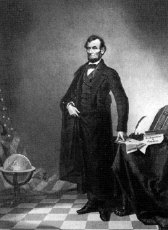
I have a question to ask you. What do Santa Claus, this portrait of Lincoln, and great daytime television have in common?
That’s right, they’re all mythical. Well, actually, the portrait is real inasmuch as it physically exists, but it’s one of the earliest (now rather famous) examples of photo manipulation. It turns out that although the photo seems to depict a stoic Lincoln standing beside a writing desk, the only thing in that photo that is actually Lincoln’s is his head. The body is that of Southern politician John C. Calhoun.
-
ONE Tip to Make Better Photographs
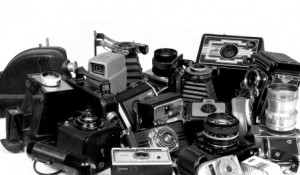
On the long, long road to artistic enlightenment, one is beset on all sides by the temptations of fast advancement, of turn-key improvements that will catapult you, the artist, to new heights and new levels of quality. Sometimes these temptations are valid and justifiable and sometimes they’re not.
The most often encountered temptation on the road to artistic enlightenment in digital photography is equipment. Oh yes, all of that delicious tech, how we love it so. If you’ve been shooting national parks and you just can’t seem to capture that “Ansel Adams look” that you’re after, you might think, Hey, maybe $600 in high-end rectangular glass gradient filters is the key to my woes! And truthfully, it could be…
But probably not.
There is only one piece of advice I can give you that will help you to simultaneously improve your photographs and to save money on all of that equipment you keep drooling over in the B&H catalog…
-
BBC Wildlife Magazine Photo Masterclasses FREE

Yes, you heard me. Free as in “no charge.”
Over the course of two years, BBC-produced Wildlife Magazine published a 12-part series on photographing the locations and creatures of nature written by talented photographers and including spectacular images. Until now, you would’ve had to find the 12 specific issues of Wildlife in order to read these tips, and for the effort it probably wouldn’t have been worth it. I, for one, am a lazy person, having grown up in the age of the Internet where any and all useful information is a click away, so rummaging through magazine back-issues is right out.
-
Your Artist's Statement
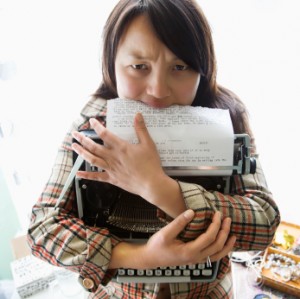
What’s that, you don’t have an artist’s statement? How do you expect people to understand all of your pretentious goals if you don’t write an indecipherable, abstract, and self-involved narrative about them?
Okay, I’m mostly kidding. Seriously, though, writing an artist’s statement is important–sometimes even necessary–if you are going to show your work in a gallery. On top of that, it can also be a great exercise for your own self-exploration; sometimes being forced to put your motivations into words can help you to focus yourself creatively.
Read the rest of the article for tips on writing your own kick-ass artist’s statement!
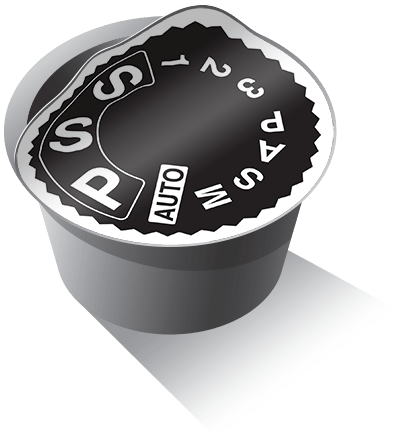 Single-Serving Photo
Single-Serving Photo